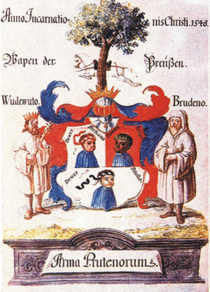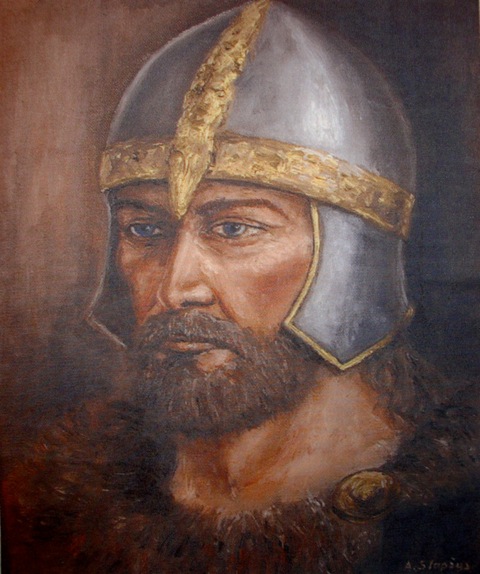
The history of ancient Prusai WHO WERE THE PRUSAI? ARCHEOLOGY COULD PRUSAI BE CHRISTIANS ? Mieszko I Poland THE ARMS AND THE WAY OF FIGHT THE CONQUEST, I, II UPRISING THE III-rd PRUSAI UPRISING The PRUSAI KNIGHTHOOD OPPOSITION What has happened to Prusai? THE GERMANIC ENSLAVEMENTS
The Battle of Grunwald
Culmland Banner The Prusai Maps
PRUSAI
Prusians Heroes Prominent Prusian Where you are, Prusai?
COAT OF ARMS
The Coat of Arms THE COAT OF ARMS PRUS I, II, III Unknown version Prus I,II, III Prus - name and Coat of Arms UNKNOWN COAT OF ARMS EUROPE MONARCHIES
PRUS DESCENDANTS
Pilewski
KURPII
The Kurppii Genesis
THE DISPUTE ABOUT HISTORY
German militarism Tadeusz Mrozinski
CULTURE
About the Prusai language The Prusai language and its sources ART AND PEOPLE Archeology Prusian Babas
PUBLICATIONS
Die Altpreußischen Personennamen Download
Elbling Dictionary
FORUM
FORUM - ARCHIVES
MAIL: PRUS@PRUSOWIE.PL
Counter
Counter
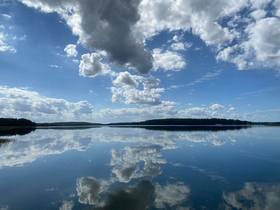
ARCHEOLOGY - Tools
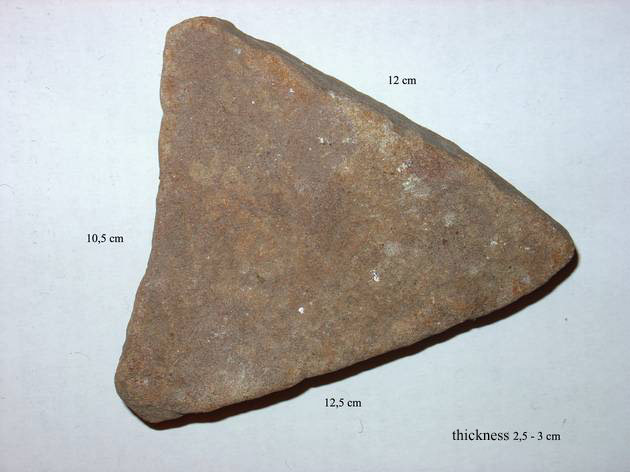
The above and lower archeological findings come from the Wulpinski lake near
Dorotow and were found in one place. They were donated by Mirek Jerozolimski a school friend.
The area where these were uncovered is very well known to me.
The three corner sandstone. Stone of this structure is not found in Warmia and Mazury,
the left side measures 10.5 cm. in comparing with other sides it could have been embedded
in a wood or a tree branch, and for sure this tool was attached to a wooden handle.
The smooth and and regular sides indicate that this tool was made by man for personal use.
The question is from what era is it, from where did it come and are there other and similar
findings. Possibly archeologists will be able to tell us much more on this subject
and eventually pinpoint to what culture this finding belongs to.
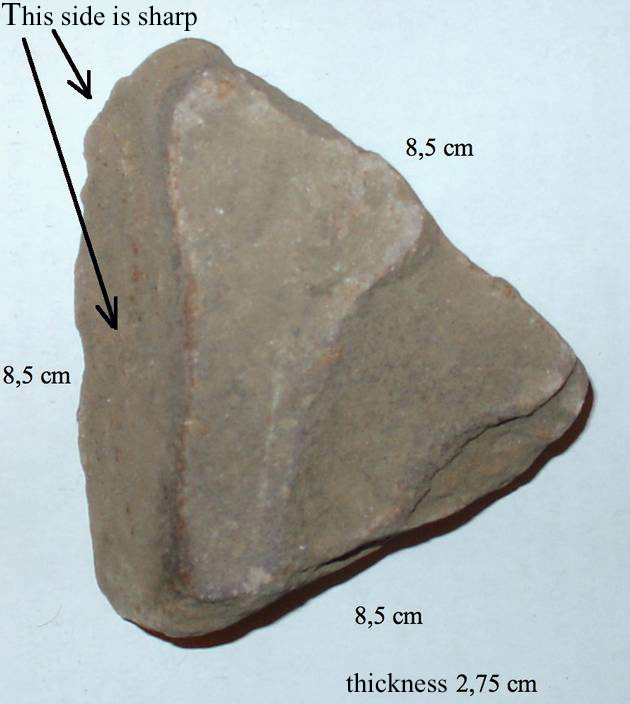
It resembles the one above and is also made of sandstone. The difference from
the first one is that the left side is sharp. The sharpness is not in the middle,
but is on the lower part of the flatness. It could have been used for
tanning hides or chopping meat.

This stone is of granite. The left side was evidently used and is dull. The even structure
of this stone indicates that this finding belonged to man and was used for his needs.
Thanks to kindness of Dr Miroslaw Hoffmann an archeologist it was possible to visit an excavation site from late iron period III - IV century BC.

Mound with burial stone compartment. Sambia region III - IV century BC.

Stone used for flour milling. Neolit period. Was used from 4000 years ago to early middle ages.
I would like you to notice the possibility of other use than only as
the flour mill.
It can be seen, that flour mill is damaged, the kneading-trough.
Fingers pointing out
a notch on the side of the kneading-trough. When flour mill was
complete the notch
was right in the middle.
Apart of grinding wit for flour the flour mill could be used for bread
preparation, cakes,
because of stone structure could easily be washed, thus guaranteeing
hygiene.
It also can be assumed that it served for the meat preparation,
partitioning before grilling.
Further, emptying birds, fish, for sure was used.
Any excess of liquid or water used for washing up could easily be
discharged over the side
notch.
Also necessary,to pay attention for the skill of workmanship, symmetry
of the oval shape and
the depth of it, shows a great accuracy.
 www.Prusowie.pl - polski
www.Prusowie.pl - polski